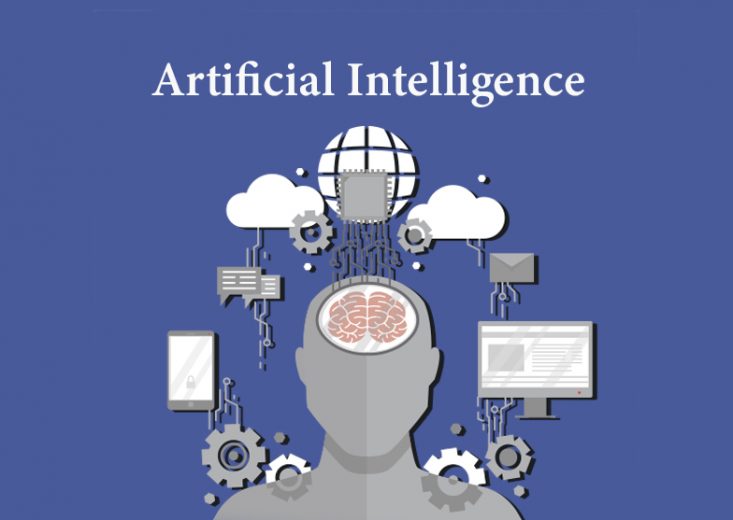Thanks to fictionalized accounts of artificial intelligence, we tend to have rather fanatical constructs of the basic concept of AI, movies such as matrix and The Terminator have had a huge impact on the popular perception of AI; to the extent that many tend to view AI as inimical and antithetical to humanity. However, artificial intelligence; or intelligence displayed by machines that mimic human cognitive abilities, is an exciting space that is only going to expand and help us in more and more ways in times to come. While we are already seeing AI in action, its use will only increase; probably in ways that we cannot fully fathom at present!
AI dates back to 1956
Most people think of AI as having a more recent nascence, but as academic discipline, researches have benn working on various aspects of this since the 1950s; for instance computing and robotics. it is the aim of AI to simulate human intelligence as faithfully as possible, achieving creativity and social intelligence. However, the idea that artifical beings can have human like qualities has troubled many.
ARTIFICIAL INTELLIGENCE
![]()
AI applications
Thousands of products we use either use artifica;l intelligence or have been created using it.These applications are embedded deeply into the infrastructure for most industries; the broad fields of AI being:
Machine learning- is among the first and most fundamental of AI applications; and some would say the most successful as well. This too, is a branch of computer science, which works towards uniquely enabling machines to learn, and adapt without explicit programming. Machine learning concerns itself with making predictions on dаta, exploring the study and construction of algorithms.
Machine learning is incorporated into our lives in a variety of ways: when we Google something, the way that our emails are segregated into spam, promotional.social and primary segments, the way that possible dаta breaches are detected and obviated and so on. Various industries that use machine learning today include computer networks, eeconomics, medical diagonsis, insurance, kanguage processing,onlineadvertising, search engines, brain machine interfaces, user behaviour analytics, financial analysis and more.
ARTIFICIAL INTELLIGENCE
![]()
Artificial neural networks- These are systems, which use artifical neurons; inspried by actual neurological connections in human brains, and the desire to solve problems artifically in the same way, which brain would. They are connectionist systems that progressively improve performance without task specfic programming. Applications of this type of AI include image recognition, speech recognition, social newwork filtering, computer vision, machine translation, playing board/video games and much more. Artifical neural networks are ideally suited to big dаta, with its numberless dаta and types because of their ability to collect and rationalize dаta from various disparate inputs.
Deep learning- Referred to as hierarchical learning, deep learning is actually one type of machine learning. Whereas machine learning envisages task specific algorithms, deep learning is based on learning dаta specific representations and examines the possible results of a combination of a set of inputs.Many deep learning applications overlap with other AI applications overlap with other AI applications of machine learning and neural networks. We use deep learning applications in our daily life when you use audio recognition machine translation tools, speech recognition, natural language proceesing, socal network filtering, dtug desing and bioinformatics.
While some feel that the progress of AI could realistically cause mass unemployment, other go so far as to posit that AI may be a danger to humanity itself if developed unchecked. in fact, this conjeecture is not whollly without merit. in living memory, artifical intelligence has gone from creating simple numerical calculator to auto pilot to potentially self-steering vechiclaes on the streets!










